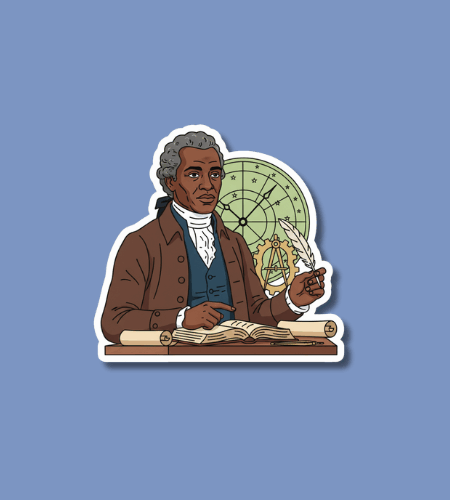Every year during the week of November 9, Benjamin Banneker Week recognises the life and achievements of Benjamin Banneker (born November 9, 1731) and encourages schools and communities to celebrate science, mathematics and innovation.
Table of Contents
History of Benjamin Banneker Week
Benjamin Banneker — a self-taught African-American astronomer, mathematician and surveyor born in Maryland in 1731 — gained prominence for his almanacs, astronomical observations and role in surveying the original boundaries of the District of Columbia.
Benjamin Banneker Week was established by groups such as the Benjamin Banneker Association (an affiliate of the National Council of Teachers of Mathematics) to promote STEM (science, technology, engineering, mathematics) learning during the week of his birthday. In practice the week has been observed in early- to mid-November.
Why is Benjamin Banneker Week important?
This week shines a spotlight on the enduring impact of Benjamin Banneker’s work — demonstrating how curiosity, self-education and perseverance can overcome barriers of his time. It promotes the message that all students, regardless of background, can engage in science and mathematics at a high level.
It also invites schools, libraries and communities to incorporate Banneker-inspired activities (such as clock- or almanac-making, surveying basics or observational science) that connect historical achievement with present-day learning and innovation.
- It honours an African-American scientist whose work challenged societal limitations of the 18th century.
- It encourages children and adults to explore mathematics and science in creative, hands-on ways.
- It supports representation — showing diverse role models in STEM.
- It invites interdisciplinary learning: history, math, astronomy, agriculture.
- It motivates educators to link academic subjects with real-world inquiry and discovery.
How to Observe Benjamin Banneker Week
Schools can plan a series of activities during the week: perhaps design your own calendar or almanac, build a simple sundial or clock face, or host a guest-speaker talk on astronomy or African-American history. In homes and libraries, families can read about Banneker’s life, explore the stars, or design a mini-survey of the local environment — echoing Banneker’s love of observation.
In all cases, the focus is on celebrating curiosity, precision and innovation rather than just rote learning. Encourage participants to ask “How did Banneker do this?” and “What might I do next?”
- Read a short biography of Benjamin Banneker and discuss his achievements.
- Create a simple sundial or clock-face craft and use it to tell time outdoors.
- Host a math/science challenge inspired by surveying, astronomy or almanacs.
- Visit a local library or museum and explore exhibits on early American science or African-American inventors.
- Encourage students or participants to reflect on “If I were an inventor/astronomer, what would I study?” and share ideas.
Subscribe to our newsletter and never miss a holiday again!

